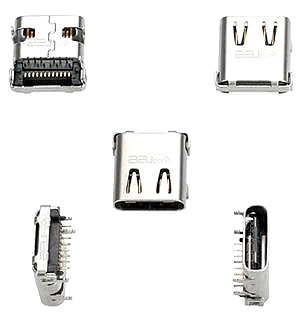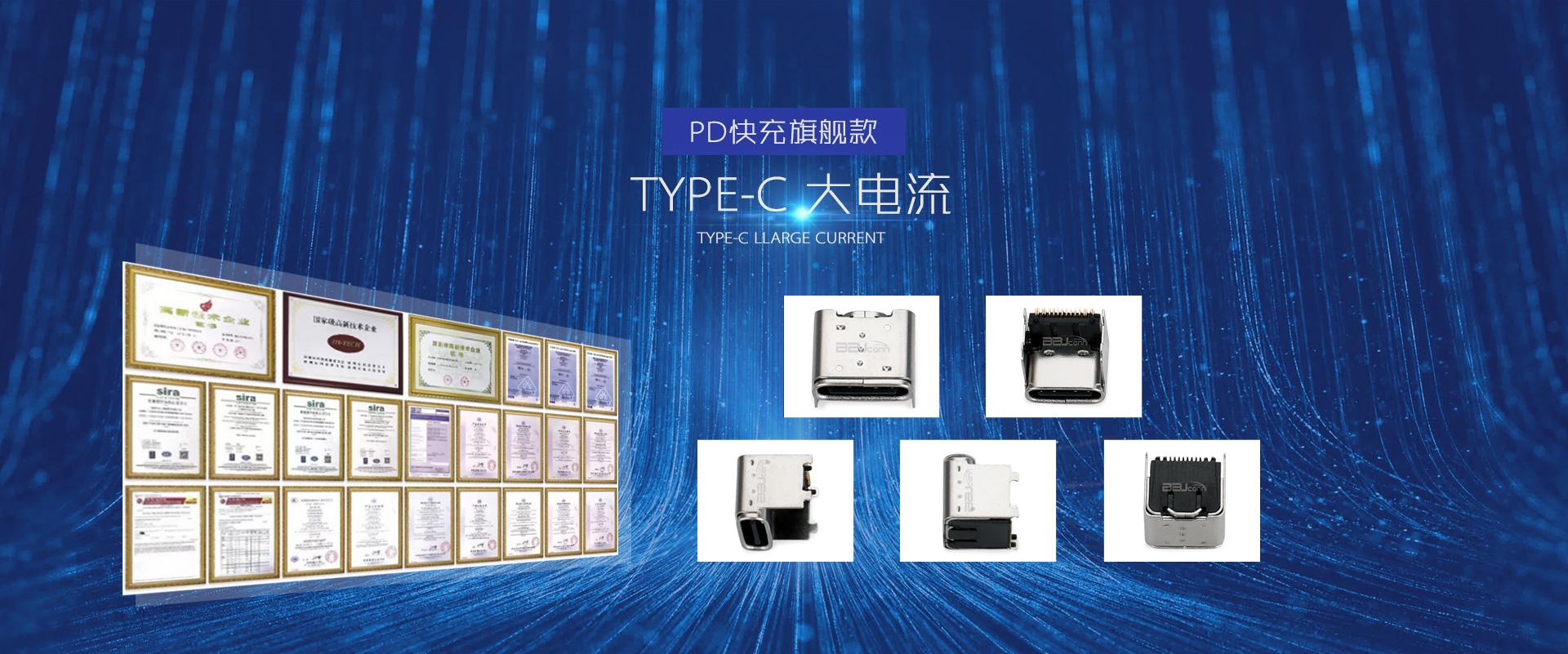EU specifications promote Type-C applications: towards a unified and convenient future
With the popularization of smart devices and the continuous advancement of technology, charging interfaces have become a part that cannot be ignored in modern life. In recent years,Type-C interfaceWith its unique advantages, it has gradually occupied a dominant position in electronic products, and the introduction of the EU's specifications for the Type-C interface has further accelerated the popularity of this trend. This article will cover the background, implementation measures and implementation measures of the EU's Type-C interface specifications. Conduct detailed analysis of future market impacts and other aspects.
Type-C applications promote technological innovation and standardization
Type-C application, as a new type of charging and data transmission interface, has many advantages such as two-way insertion, fast charging, high-speed data transmission, etc. Compared with the traditional USB interface, Type-C not only has stronger compatibility, but also It can support higher power output and faster data transmission, which makes Type-C a mainstream choice in many fields such as smartphones, laptops, tablets, etc. This EU specification aims to promote the Type-C interface Become a unified standard and reduce interface incompatibility issues between different devices.
In the past, smart device manufacturers often used different charging interfaces, which not only caused inconvenience to consumers, but also aggravated the generation of electronic waste. The promotion of Type-C applications will help unify charging standards and improve the efficiency of devices. Versatility and reduce the generation of electronic waste. The EU's move is not only promoting technological progress, but also advocating the concept of sustainable development.

The standardization of Type-C applications promotes the healthy development of the market
The EU's specifications for the Type-C interface are mainly reflected in the requirement that all smartphones, tablets and other portable devices uniformly use the Type-C interface for charging and data transmission. The core purpose of this move is to eliminate the need for consumers to use multiple devices when using multiple devices. Encountered charging incompatibility issues, while reducing the number of chargers required for various devices. According to the European Commission's proposal, it is expected that by the end of 2024, all smartphones and related devices will be required to be equipped with Type-C interfaces.
Through this regulation, the EU hopes to encourage manufacturers to consider the uniformity and compatibility of interfaces when designing to further enhance consumers’ experience. This standardized standard not only reduces the differences in interfaces between different brands and devices, but also provides Interoperability between devices is guaranteed. In addition, the popularity of Type-C interface has also laid the foundation for wireless charging technology and more efficient energy transmission systems.
Type-C applications promote innovation and ecological development
The popularity of Type-C applications has also brought innovation power to the entire electronic product industry. As Type-C becomes a standard interface, manufacturers have begun to focus on developing more efficient charging technologies, optimizing data transmission speeds, and improving device batteries. Management system. The Type-C interface not only supports high-power charging, but also enables fast charging and data sharing between different devices through the USB Power Delivery (USB PD) protocol.
At the same time, the unity of Type-C applications also provides strong support for the development of wireless technology. For example, in the future, the Type-C interface may be more closely integrated with wireless charging technology, promoting further progress in battery technology and energy management systems. More Importantly, the open standard of Type-C provides a broad development space for innovators and promotes collaboration and development of the entire industry chain.
Challenges and prospects for Type-C applications
Although the promotion of Type-C interface has significant advantages, it still faces some challenges in the process of popularization. First, some manufacturers may delay or resist the unification of the interface due to their own interests. Secondly, consumers need to adapt to the new standard. Time, especially the replacement of old equipment and the compatibility of accessories, may have certain negative impacts.
However, with the enforcement of EU regulations and the increasing demand for convenience from global consumers, the popularity of Type-C interfaces will inevitably become a general trend. For consumers, unified interfaces will bring higher convenience and avoid It eliminates the cumbersome plug selection and accessories purchase in the past, and for manufacturers, this means lower production costs and greater market space.
The promotion of Type-C applications is not only an innovation at the technical level, but also a key step in promoting the standardization and green development of the global electronic equipment industry. The EU has vigorously promoted the popularization of Type-C interfaces through the introduction of specifications, bringing new developments to the industry. Opportunities and challenges. In the future, with the unification of global standards and the further development of technology, the Type-C interface will become more popular and become a common choice that both consumers and manufacturers can benefit from.
